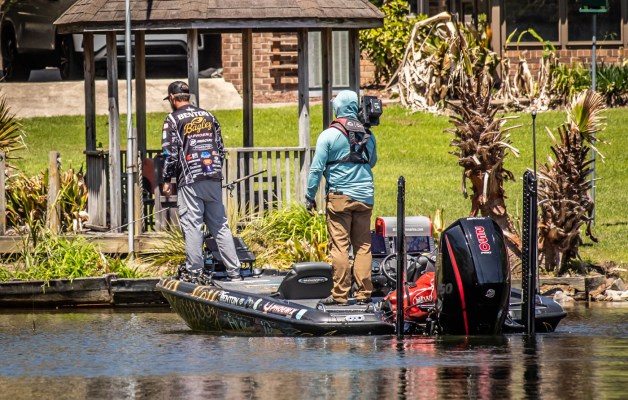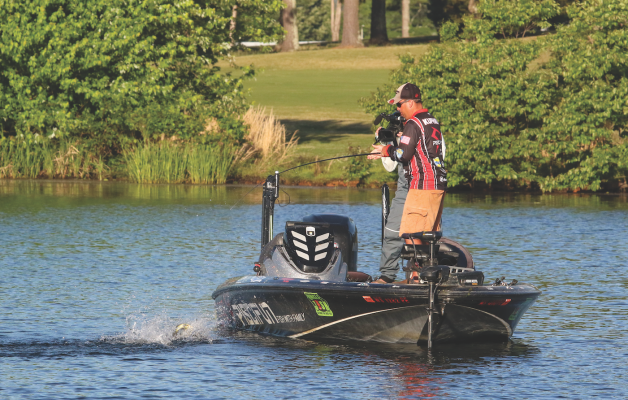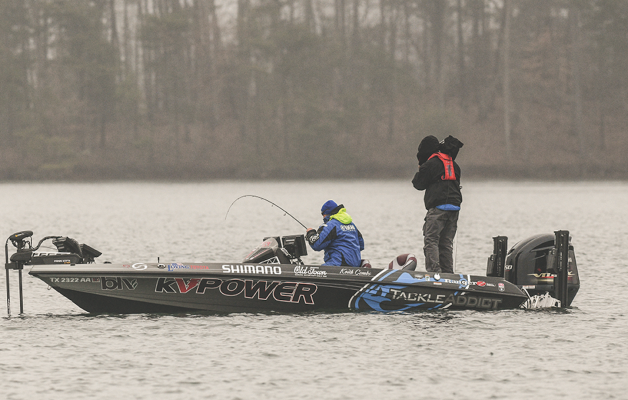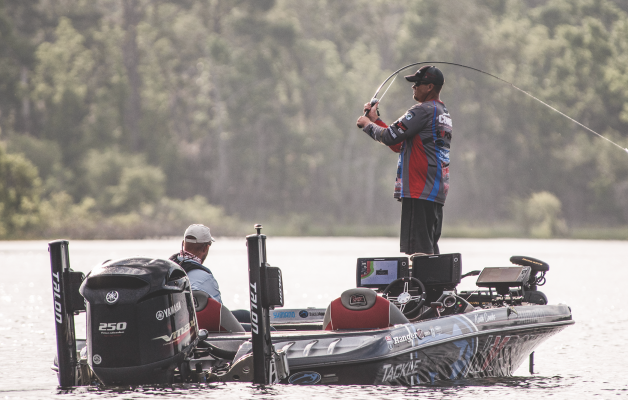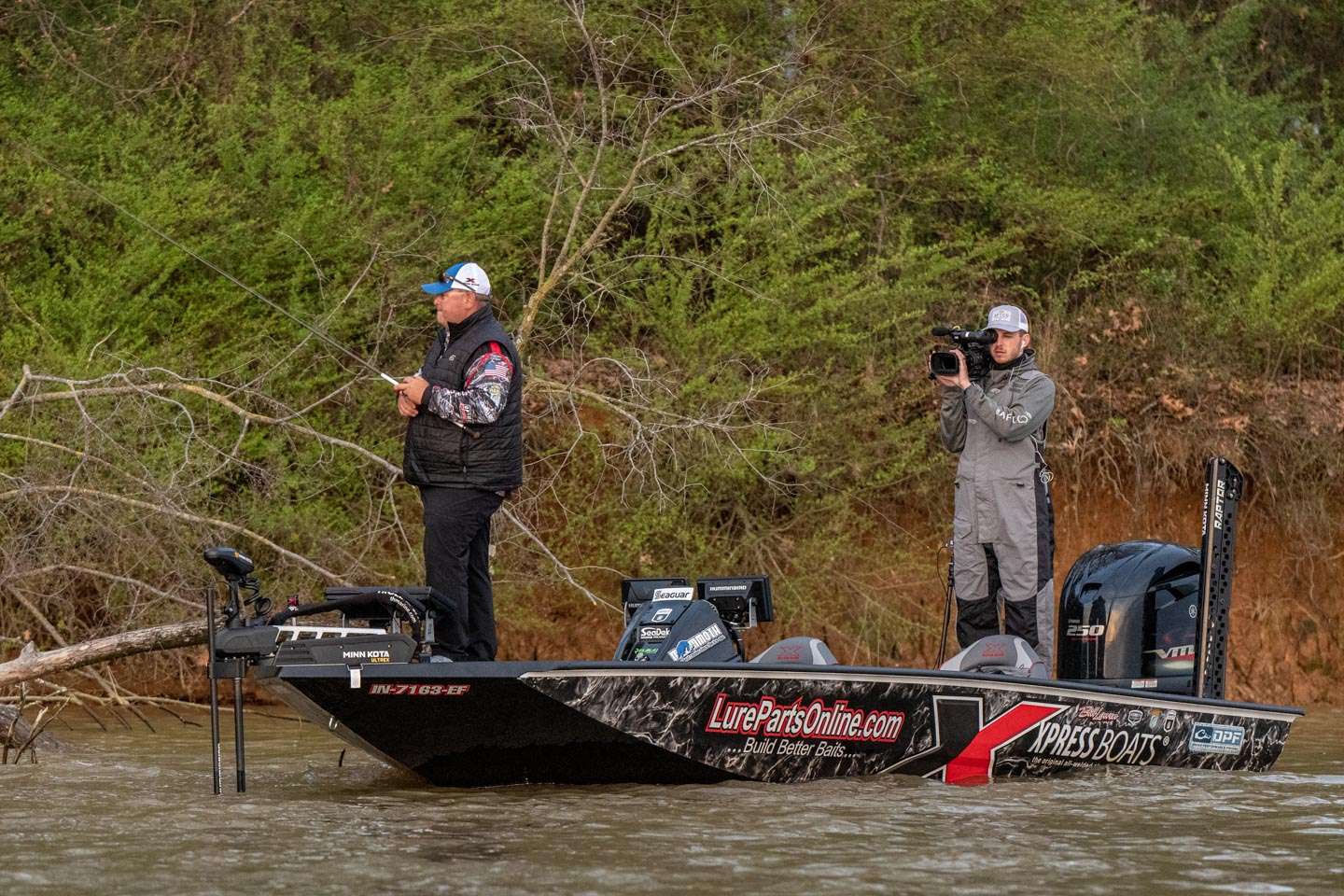
Swim jigs and bladed jigs tend to be employed most often in shallow aquatic vegetation, but they are also deadly around docks and other hard cover. While these lures may be used in similar situations, how do you determine when to sling a swim jig as opposed to a bladed jig?
Trial and error is one option, but advice from three Bassmaster Elite Series anglers may help you make the right choice from the get-go. One of these anglers is Alabamian Bill Weidler, who has been refining his jig-swimming tactics for 20 years. “I always start out with a swim jig when I’m fishing water willow or any other vegetation bass can burrow into,” Weidler said.
When the bass hunker in vegetation, they typically attack a swim jig as it comes through the greenery or just as it exits the grass, Weidler has found. He relies on a 3/8-ounce SL Swim Jig from Lifted Jigs, which he matches with a Reaction Innovations Spicy Beaver or Zoom Super Speed Craw. These trailers create vigorous water turbulence.
To make his swim jig more compact, Weidler trims the skirt to the bend of the hook and cuts the trailer down so the bases of the pincers are inside the skirt. When bass are short striking the jig, Weidler downsizes to a Zoom Ultra Vibe Speed Craw or a Gambler Burner Craw.


